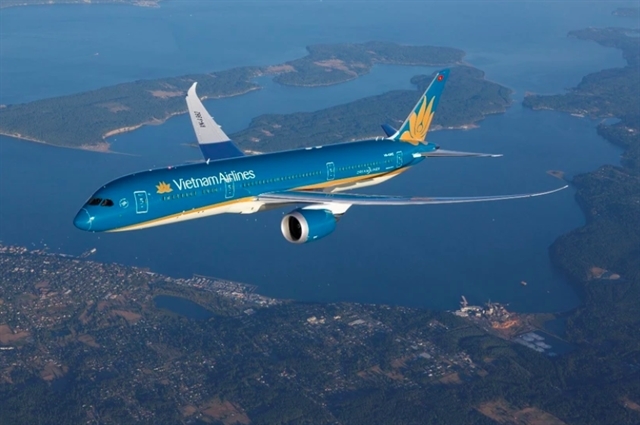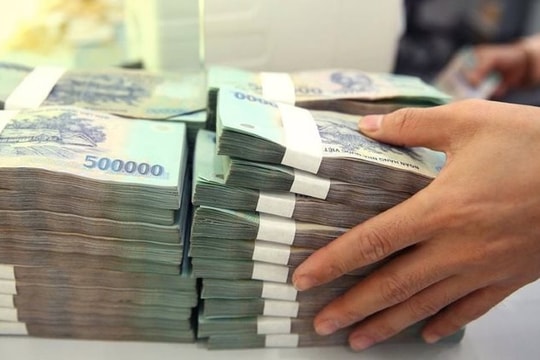However, this strong operational performance has not been reflected in the stock market, where aviation stocks have remained subdued over the past few months.
Vietnam Airlines (HVN) posted a remarkable turnaround in Q3, achieving a 13% year-over-year increase in net revenue to VND26.6 trillion (more than US$1 billion) and a net profit of VND862 billion, recovering from a substantial loss of VND2.2 trillion in the same period last year.
Similarly, Vietjet Air (VJC) reported a robust performance, with revenue growing by 28% to VND18.16 trillion and net profit surging 7.6 times to VND571 billion.
Ancillary service providers such as SCSC Cargo Service Corporation (SCS) and Southern Airports Services JSC (SAS) also experienced significant profit growth of 45% and 38% respectively, underscoring the sector’s recovery momentum.
However, Airports Corporation of Vietnam (ACV) experienced a 15% decline in net profit to VND2.33 trillion, primarily due to foreign exchange losses, marking the end of a seven-quarter growth streak.
Despite these strong financial performances, aviation stocks have shown little movement on the stock market.
Earlier in the year, this sector witnessed a dramatic surge, with companies like ACV and HVN hitting new highs.
Institutional investors, including Finland's Pyn Elite Fund, reaped substantial gains during this period.
In its investment report for May, the fund revealed that ACV and HVN, both aviation sector stocks, emerged as the top performers, driving notable gains in the fund's portfolio.
ACV, with a substantial 9% allocation, surged by 24% in May, playing a pivotal role in the exceptional performance of the Pyn Elite Fund and surpassing the growth of the VN-Index. Stocks like SAS and SCS have also seen robust double-digit growth since the start of the year.
Analysts suggest the current trend reflects a consolidation phase after this rapid growth, with the market awaiting new catalysts to revitalise momentum.
Looking ahead, industry experts anticipate 2024 to mark the final stage of the aviation sector's post-pandemic recovery.
Key growth drivers include rising international passenger volumes, declining fuel costs and improved operational efficiency as overcapacity issues are resolved.
Strategic fleet expansion initiatives further illustrate the sector's optimism.
Vietnam Airlines has announced plans to lease additional aircraft to meet Lunar New Year travel demand.
In particular, the national flag carrier is set to lease an additional four Airbus A320/A321 aircraft, including two wet-leased planes with crew.
Anticipating 180 flights per aircraft during the peak Tet period in 2025, this move could provide an extra 64,800 seats with two leased aircraft or a total of 129,600 additional seats with four leased aircraft.
The airline is looking forward to forging partnerships with service providers in the near future.
It is also exploring long-term acquisitions, including a potential deal for 50 Boeing 737 MAX planes.
Similarly, Vietjet Air has strengthened its fleet with a US$7.4 billion order for Airbus A330neo wide-body aircraft, aligning with global trends in sustainable aviation.
Long-term growth prospects for the sector are reinforced with major infrastructure projects, such as the development of Long Thanh International Airport and the expansion of Noi Bai Airport, which will enhance connectivity and capacity.
Companies across the value chain, including airlines, ground service providers and cargo operators, are poised to benefit from these improvements.
While the current market reflects cautious sentiment, the fundamentals of the aviation sector suggest significant potential for sustained growth.
For investors with a long-term outlook, aviation stocks remain an attractive prospect as the industry continues its upward trajectory.

























